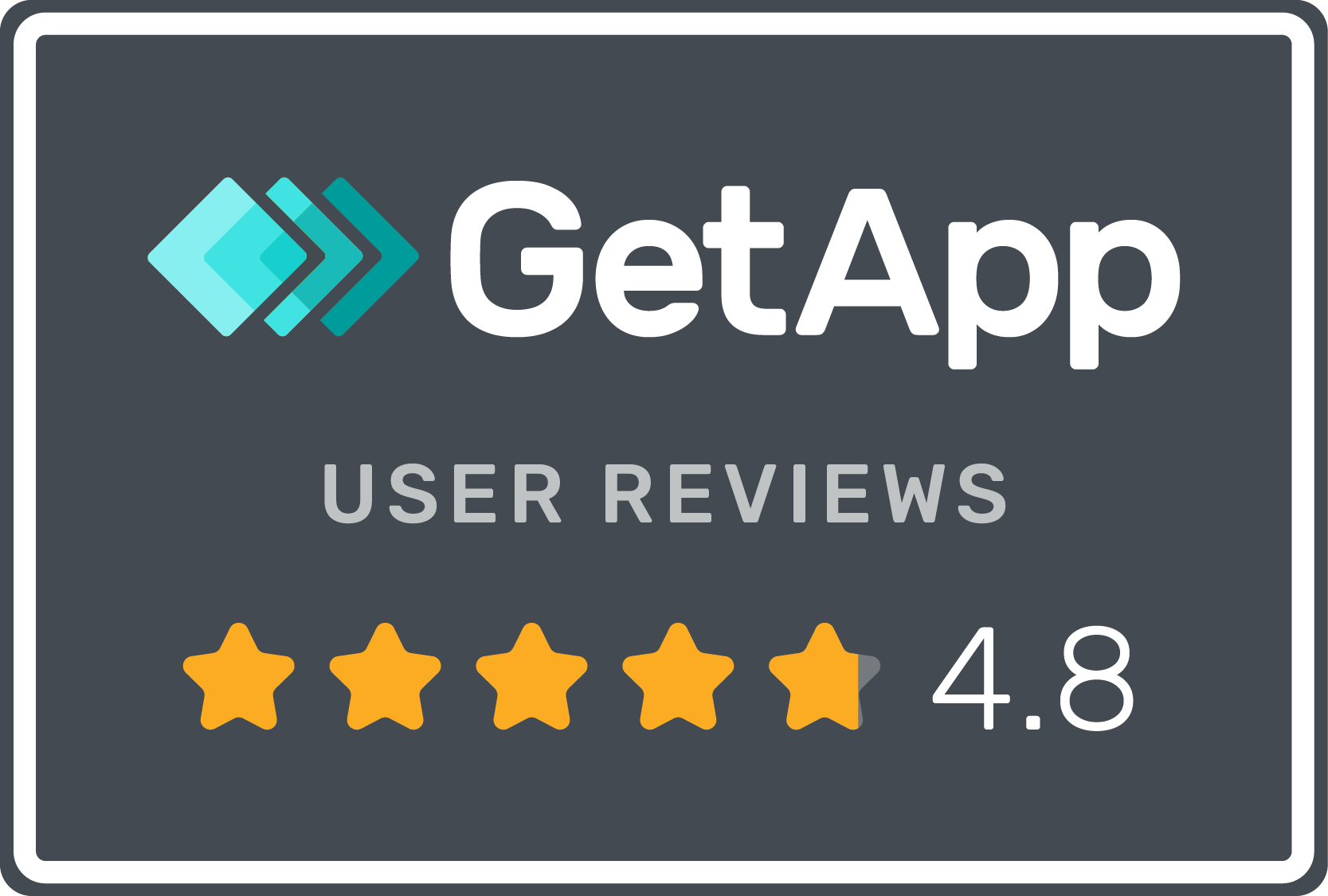Top 10 Tips on How Place Brands Can Stretch Their Marketing Budget and Deliver a Bigger Punch for Less
In an era where every location, from global cities to small towns, competes to attract tourists, investors, and residents, place branding has never been more important. However, with limited resources, how can place brands create a powerful and lasting impression without breaking the bank?
Here are our top 10 tips for maximising the impact of your marketing budget.
1. Identify Your Unique Selling Proposition (USP)
The very first step is to understand what sets your location apart. Is it your rich history, outstanding natural beauty, vibrant cultural scene, or innovative businesses? Your unique selling proposition (USP) should be at the core of your branding and marketing efforts.
To identify your USP, conduct comprehensive research involving locals, tourists, and businesses. This will enable you to have an insider and outsider perspective, revealing your location’s strengths and opportunities.
Your USP should be
- specific
- authentic,
- and attractive
to your target audience.
Once your USP is identified, every piece of content, campaign, or event should amplify it. This approach ensures that you spend your limited budget on promoting what truly matters and differentiates your location.
For example: Austin, Texas in the USA has branded itself as the “Live Music Capital of the World”, focusing its marketing efforts on promoting its vibrant music scene.
2. Leverage User-Generated Content
In today’s digital world, your audience is not only a receiver of your brand messages but can also be a transmitter. User-generated content (UGC), such as social media posts, reviews, or blogs, can provide authentic and relatable content for your branding efforts.
UGC not only saves you content creation costs but also boosts your credibility. To encourage UGC, you can run social media contests, offer incentives, or create engaging hashtags. You can also partner with local bloggers or micro-influencers, who can provide quality content at a lower cost compared to traditional media or influencers.
For example: The Tourism Board of Australia launched the “MateShip” campaign, encouraging locals and tourists to share their favorite Australian experiences on social media.
3. Build Partnerships and Collaborations
One of the most effective ways to stretch your marketing budget is through partnerships and collaborations. This could be with local businesses, cultural institutions, universities, or even other locations.
By pooling resources and sharing audiences, you can reduce costs, reach more people, and create richer content. For example, co-hosting events, cross-promoting, sharing content, or creating joint marketing materials can be cost-effective ways to engage your audience.
Partnerships can also enhance your brand image. By collaborating with respected institutions or businesses, you align your location with their reputation, enhancing your credibility and attractiveness.
For example: VisitBritain partnered with airlines, travel agencies, and British Premier League to cross-promote each other and boost tourism.
4. Invest in Digital Marketing
Digital marketing offers significant advantages over traditional marketing. Not only is it often more cost-effective, but it also allows for precise targeting, immediate feedback, and easy adjustments.
Investing in a robust digital presence, including a user-friendly website, engaging social media accounts, and perhaps a compelling app, can go a long way in promoting your brand. Search engine optimization (SEO) and content marketing can also attract organic traffic to your site, saving you advertising costs.
By combining SEO with content marketing, you can increase your organic reach without relying heavily on paid ads. Furthermore, creating high-quality content can establish your brand as an authority in your field, fostering trust with potential customers.
For businesses expanding into new foreign markets, you can visit this page for marketing material translation services to ensure your messaging resonates with diverse audiences.
Email marketing, one of the most effective digital marketing tools, can keep your audience engaged with minimal cost. Building a subscriber list and sending regular newsletters or updates can keep your location top of mind.
For example: Tourism Ireland created a virtual tour of locations where the TV series “Game of Thrones” was filmed, attracting millions of viewers worldwide.
5. Engage Your Community
Your local community is your most valuable asset. Locals can be your brand ambassadors, spreading positive word-of-mouth and generating authentic content.
Community engagement can take many forms, from volunteering and local events to online engagement and co-creation initiatives. By involving locals in your branding efforts, you foster a sense of ownership and pride, which can amplify your brand messages.
Moreover, a strong, engaged community is itself a significant attraction. Prospective tourists, residents, and investors are likely to be drawn to places where locals are active, positive, and engaged.
For example: Amsterdam engaged residents by creating city cards offering locals discounts on cultural activities, encouraging them to become ambassadors for the city’s attractions.
6. Be Consistent
Consistency is crucial in branding. Your visual identity, tone of voice, and brand messages should be consistent across all channels and touchpoints. This does not only enhance your professionalism and credibility but also reinforces your brand image and messages.
While consistency requires careful planning and coordination, it can save costs in the long run. By reusing and adapting assets and content across different channels and campaigns, you avoid unnecessary duplication and make the most of your resources.
For example: New York City has kept a consistent branding message “I Love NY”, creating a recognizable and consistent global brand.
7. Embrace Sustainability
Today, sustainability is a significant attraction for many people. From eco-conscious tourists to investors seeking responsible opportunities, sustainability can enhance your appeal and differentiate your location.
Moreover, sustainable practices can also save costs. From eco-friendly events to digital marketing, sustainability can be a win-win for your brand and your budget.
Promoting your sustainability initiatives can also generate content and engage your audience. From stories about local conservation efforts to green initiatives by local businesses, sustainability is a rich source of content that resonates with today’s audience.
For example: Copenhagen promotes its goal to become carbon neutral by 2025, attracting eco-conscious tourists and businesses.
8. Harness the Power of Local Experts
Local experts, be they historians, artists, entrepreneurs, or chefs, can offer unique insights and content for your branding efforts. By involving them, you not only enrich your content but also strengthen your community engagement.
Collaborations with local experts can take many forms, from guest blogs and social media takeovers to interviews and events. These collaborations can provide valuable content at a low cost, while also showcasing the diversity and richness of your local community.
For example: Travel Portland often features local chefs, artists, and entrepreneurs in their promotional materials, highlighting the city’s creative community.
9. Optimize Your Efforts through Analytics
In today’s data-rich world, there’s no excuse for not tracking your marketing efforts. Through web, social media, and email analytics, you can understand which tactics are working, which are not, and why.
By regularly monitoring your metrics, you can optimize your campaigns, adjust your strategies, and ensure that your limited budget is spent on the most effective tactics. Moreover, by understanding your audience’s behavior and preferences, you can better tailor your efforts to their interests, maximizing engagement and impact.
For example: Destination Canada uses advanced analytics to understand traveler behaviors and preferences, helping them to refine their marketing strategies.
10. Emphasize on Storytelling
Finally, remember that people connect with stories, not facts. Whether it’s the story of a historic event, a local entrepreneur, or a community project, storytelling can evoke emotions, forge connections, and make your brand memorable.
Moreover, storytelling can be a cost-effective branding tool. A well-told story can generate buzz, spread organically, and have a lasting impact. By weaving your USP into compelling stories, you can make your location stand out, captivate your audience, and create a lasting brand with a limited budget.
For example: Incredible India campaign tells compelling stories about the country’s rich culture, diverse landscapes, and warm hospitality, creating an emotional connection with potential tourists.
In conclusion,
Stretching your marketing budget is not about doing more with less, but doing better with less. By being strategic, authentic, and resourceful, you can create a powerful place brand that resonates with your audience and leaves a lasting impression.
Happy branding :)
Top 10 Tips on How Place Brands Can Stretch Their Marketing Budget and Deliver a Bigger Punch for Less
In an era where every location, from global cities to small towns, competes to attract tourists, investors, and residents, place branding has never been more important. However, with limited resources, how can place brands create a powerful and lasting impression without breaking the bank? Here are our top 10 tips for maximising the impact of your marketing budget…


